
Launched in 1998, the Open Society Foundation‘s annual Moving Walls exhibition aims to support photographers working on social, political and human-rights issues that can sometimes fall under the radar. This year marks the 21st edition of the show, and features work from South Sudan to Hong Kong.
Shannon Jensen’s project, “A Long Walk,” saw her visit refugee camps in northeast South Sudan. Aiming to document the plight of refugees fleeing both the Blue Nile and South Kordofan, Jensen took an unusual tack: Instead of photographing the refugees themselves, she focused on their worn-out shoes, which she believes are visceral reminders of the struggle of displaced people. The images that emerge are as simple as they are haunting.
Sparse, sometimes playful, Diana Markosian‘s work chronicles life in war-torn Chechnya. Purposefully avoiding any representation of the violence that plagues the region, she instead documents the coming-of-age of young girls and women in a repressive environment. Markosian seems to show us how ordinariness itself is a malleable state.
Hong Kong’s chimerical identity is examined in Mark Leong‘s frenetic images. Here the autonomous city-state seems like a hyper-capitalist, hyper-dense world of neon and cables — a place consciously asserting a character at-once tied to, and wholly separate from, that of mainland China.
Nikos Pilos turns his lens to unemployment-racked Greece. His shots of abandoned offices in the northern region of Thrace paint a picture that is both eerie and moving. Here are the former headquarters of booming, state-subsidized companies that came tumbling down during the economic crisis that started in 2008. The chaos Pilos distills seems to highlight the political and cultural strife that has convulsed the nation ever since.
João Pina looks at the effects of Operation Condor, a little-known 1975 plan by the dictatorships of Argentina, Chile, Brazil, Bolivia, Uruguay, and Paraguay to quash political opposition. The plan resulted in the extrajudicial executions of at least 60,000 people.
Moving Walls is on view at the Open Society Foundation at 224 West 57th Street, New York City, from January 29 to October 3, 2014.
Richard Conway is Reporter/Producer for TIME LightBox. Follow him on twitter @RichardJConway

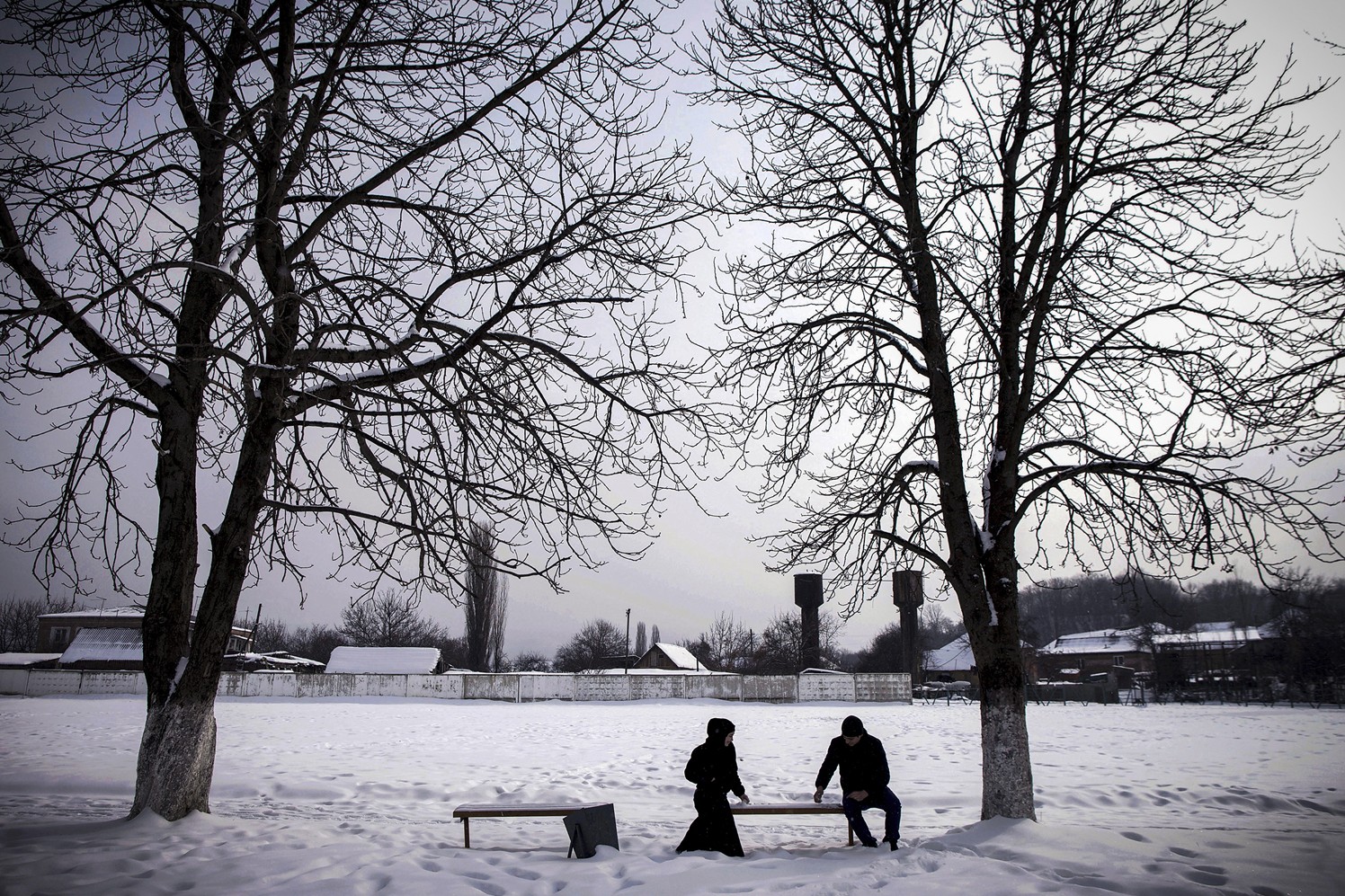

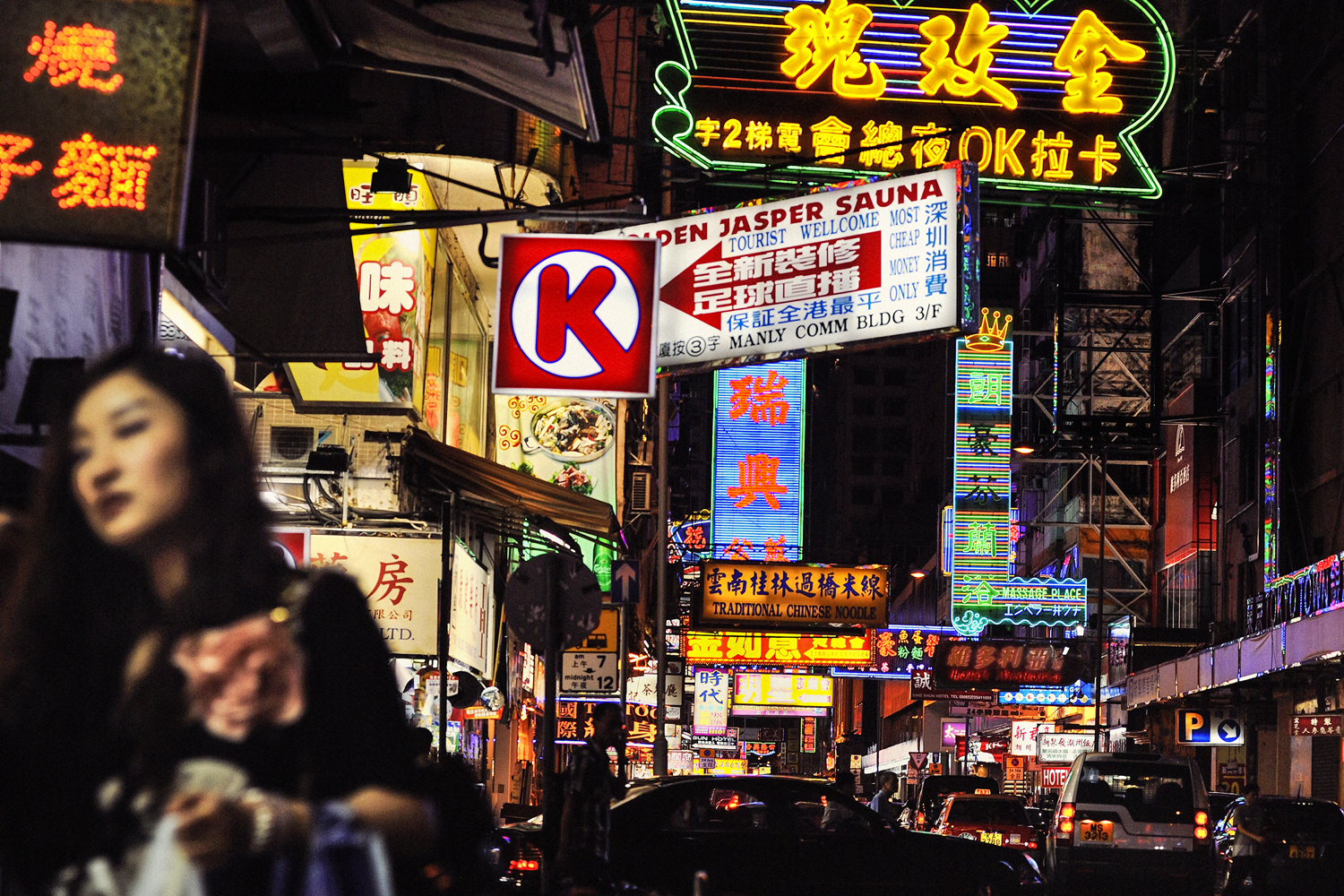
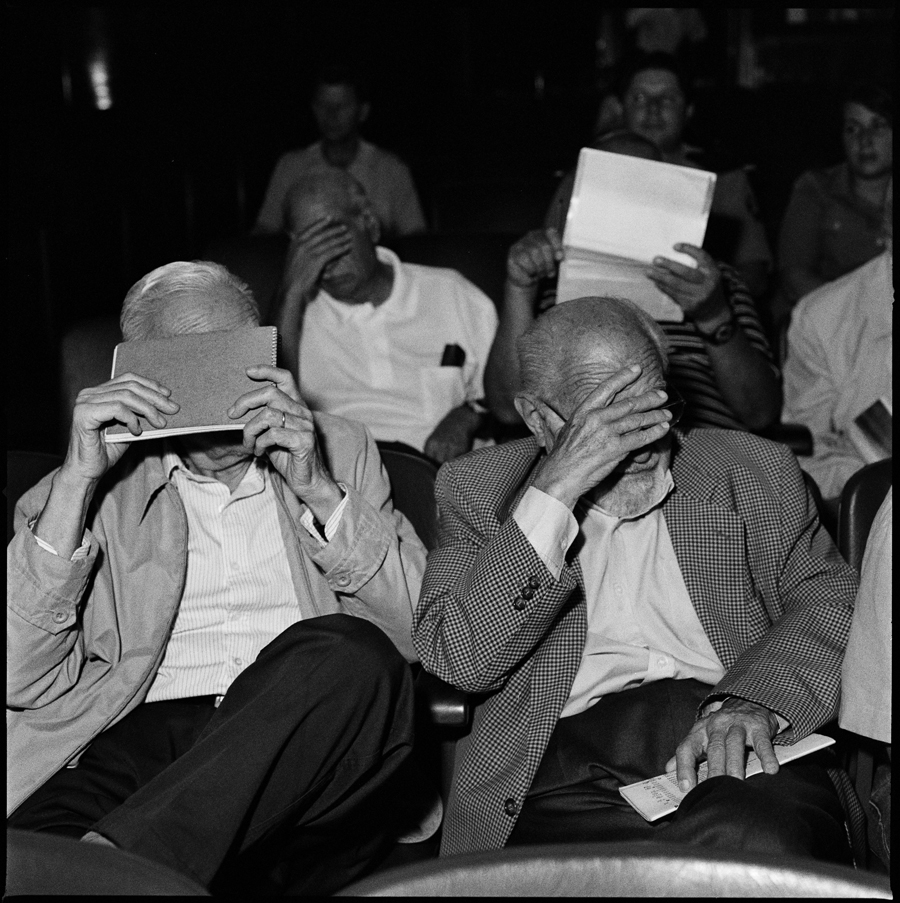
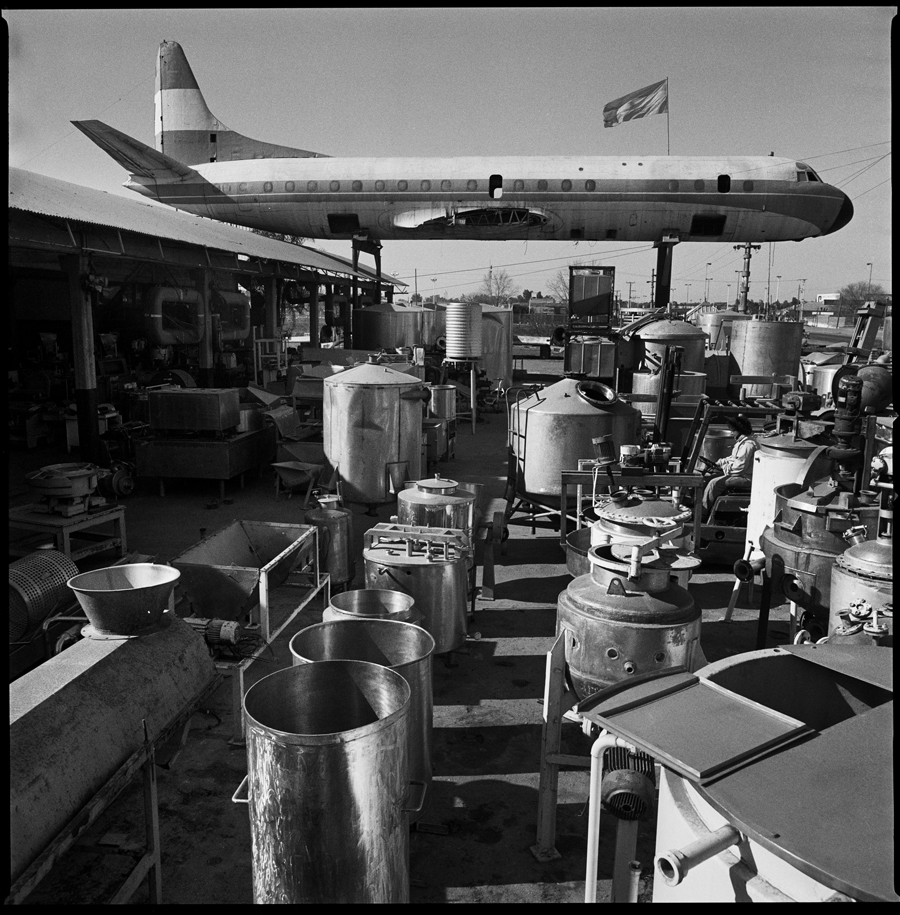
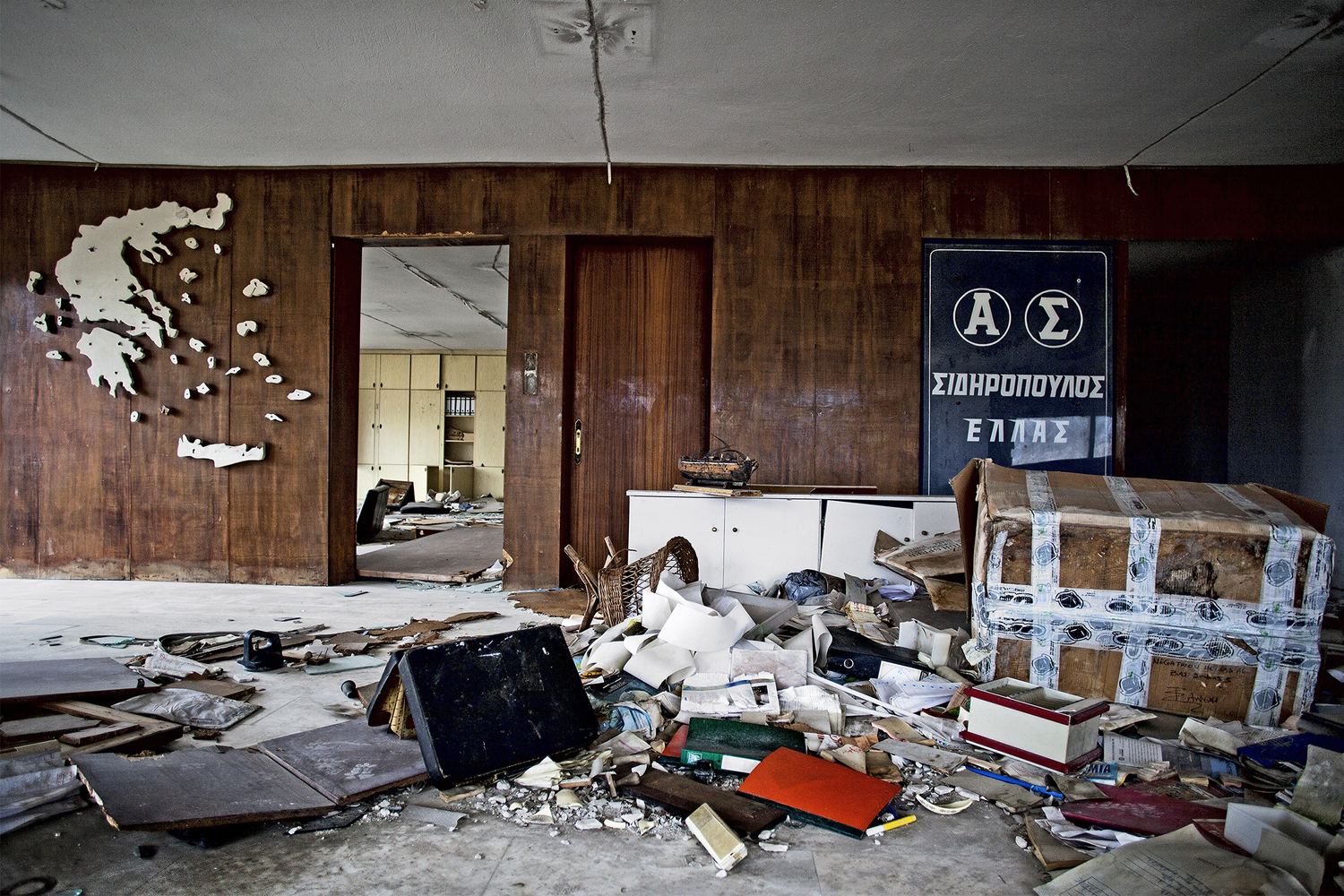
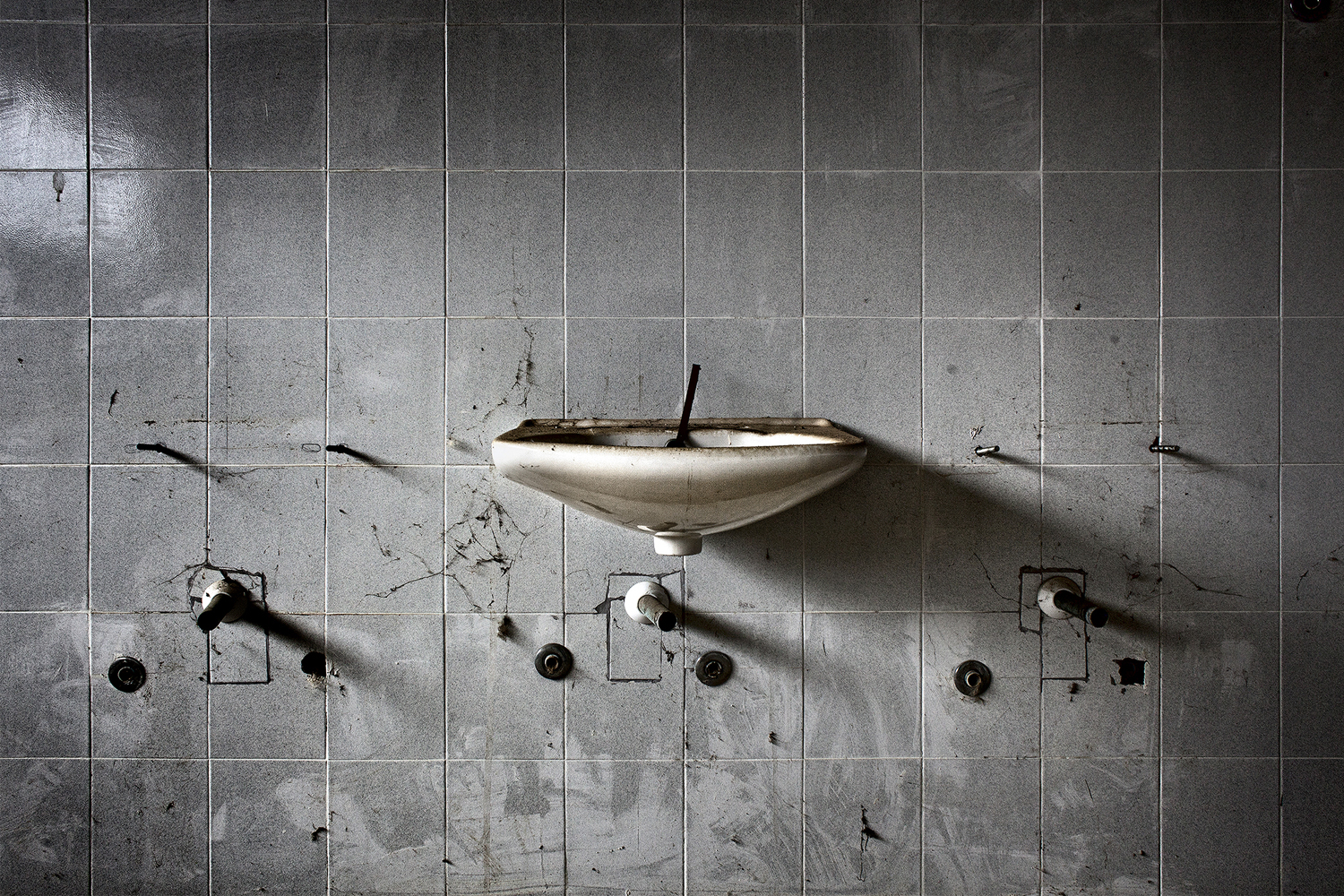

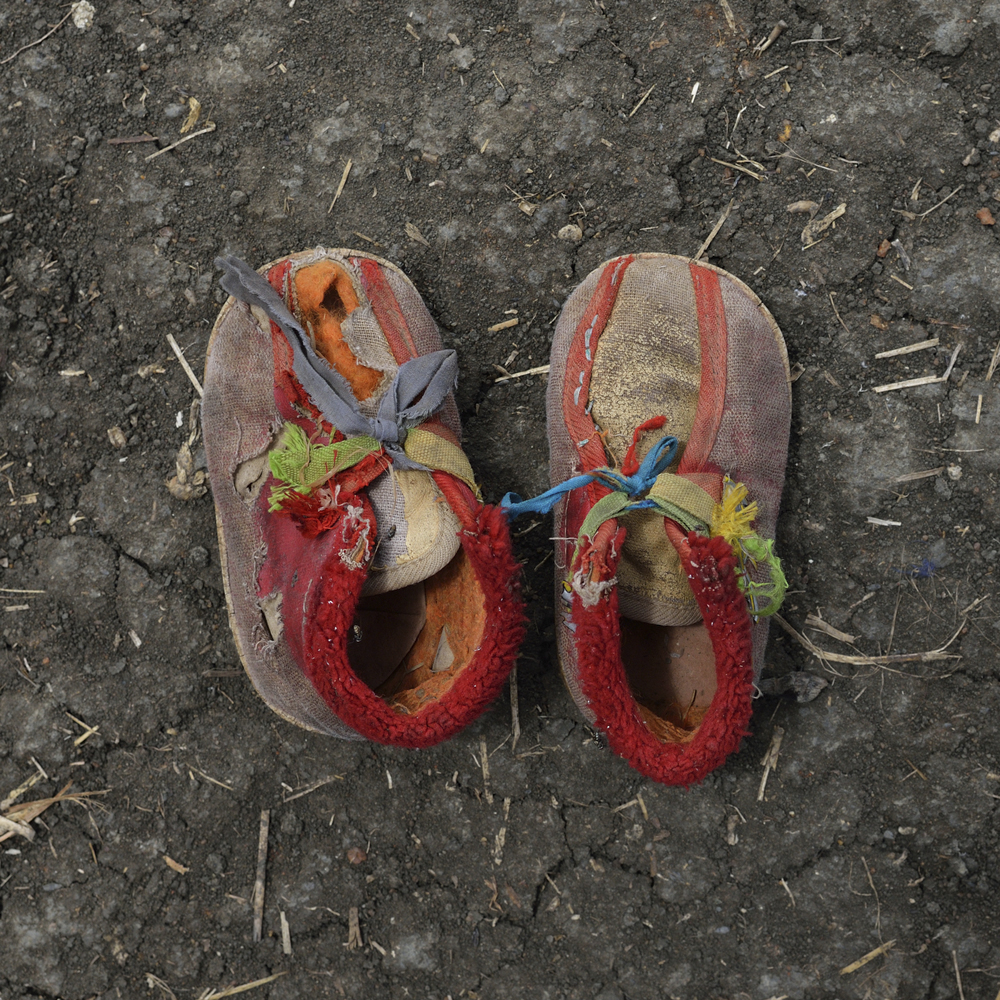
More Must-Reads from TIME
- Donald Trump Is TIME's 2024 Person of the Year
- TIME’s Top 10 Photos of 2024
- Why Gen Z Is Drinking Less
- The Best Movies About Cooking
- Why Is Anxiety Worse at Night?
- A Head-to-Toe Guide to Treating Dry Skin
- Why Street Cats Are Taking Over Urban Neighborhoods
- Column: Jimmy Carter’s Global Legacy Was Moral Clarity
Contact us at letters@time.com